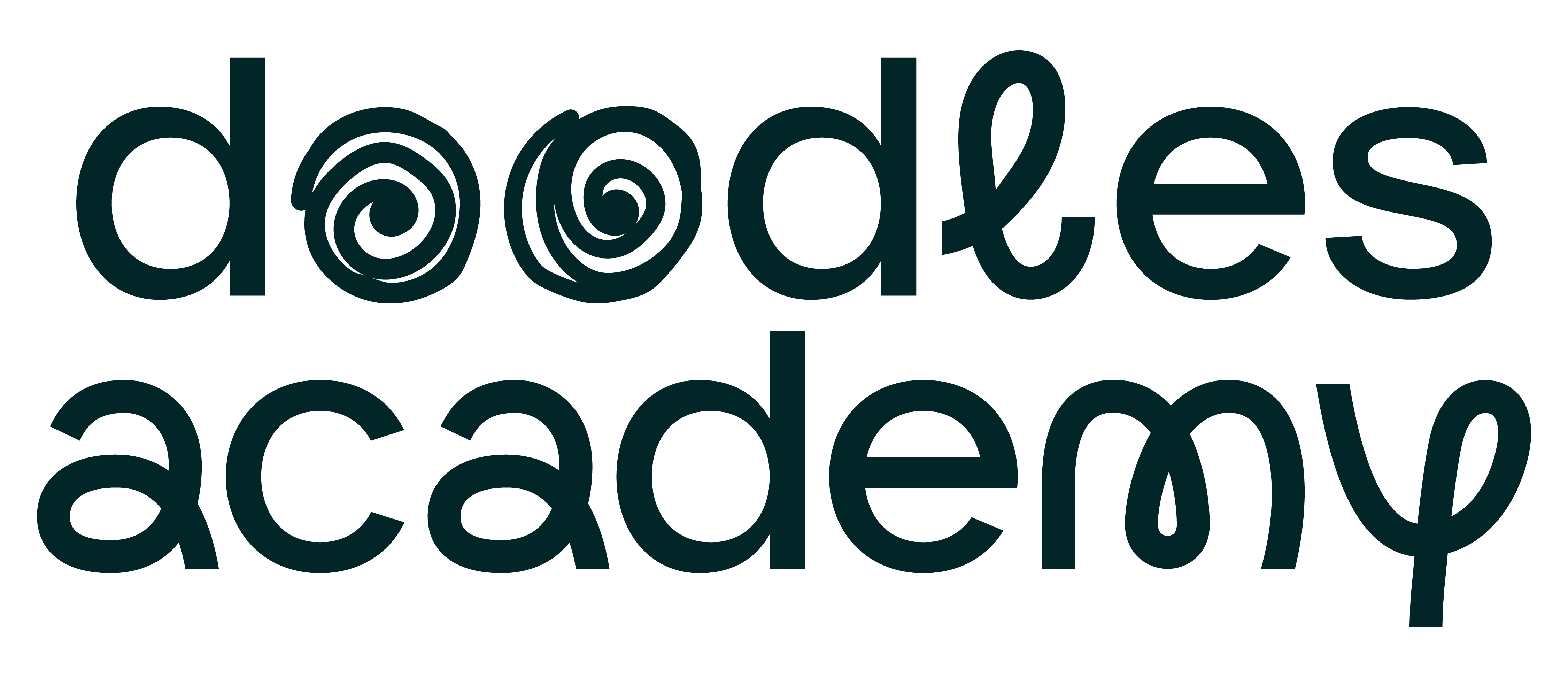Overview:
In this lesson, student artists choose colors that are appropriate to their ritual, and they paint their mask.
Students will be able to:
- understand that colors can have meaning.
- choose appropriate colors for their ritual.
- paint their mask.
Setup:
Students will be working independently.
Have materials set up in a way that is easy to pass out, see, and select from.
Materials:
- Dry Masks
- Acrylic or Tempera Paint in red, blue, yellow, white, & black
- Assortment of brushes.
Media:
- N/A
Handouts & Photocopies:
- N/A
Lesson 4
10M, INSPIRATION IMAGE
LOOK AND DISCUSS AN ART PIECE THAT INTRODUCES SOME OF THE LESSON CONCEPTS
Project the inspiration image where students can see it. Give students a moment to study it silently, then begin a brief discussion with the phrase, “What can we find?”. Paraphrase what students say for the benefit of the class, being careful to remain neutral, then ask “What else can we find?”. Alternately, allow them to draw or write what they notice on a blank piece of paper or in a sketchbook.
- \’African Puna Mask, date unknown
- This is an example of a traditional Puna mask carved by the African Puna tribe. Punu masks represent the idealized beauty of Punu women, and are only supposed to be carved by Punu men.
Note on using the information above: As your students participate in a conversation around this artwork, it may occasionally be helpful to provide them with additional or contextual information. This information can and should be imparted at the teacher’s discretion.
The point of this discussion time is to have students learn and add onto each other’s thoughts. By remaining neutral and simply repeating what students say you allow students to do the heavy mental lifting and also create an environment where there is no wrong answer, fostering creativity and mental risk-taking.
5M, INTRODUCTION VIDEO
WATCH THE INTRODUCTION VIDEO & CHECK FOR UNDERSTANDING
Check for understanding by asking, “Who was listening closely that can sum up what we are doing today?” Make sure that student artists can list all the steps and clarify anything that needs clarifying.
- Choose colors to represent the function of their mask (i.e., cool colors=calm, warm colors=more active).
20-25M, WORKTIME
FOCUS ON STUDENTS CHOOSING COLORS APPROPRIATE TO THEIR RITUAL AND COVERING THE ENTIRE MASK
This lesson is focused on student artists picking colors that they think represent their ritual and painting. They can paint however they would like (patterns, solid colors, etc.), but ask them to cover the entire mask in paint. Focus conversation on why they decided on the colors that they chose.
5-10M, CLEAN-UP/PRESENTATIONS
STUDENTS PRESENT WORKS IN PROGRESS AND DISCUSS THE ARTISTIC DECISIONS THAT THEY MADE
Sharing should work as follows:
- Student stands by their work. A teacher should hold it, or place it on an easel.
- The student presents their work, answering What they made, How they made it, and Why they made the decisions that they did. When they are done they ask, “Any comments or questions?” and can take responses from the audience.
- A note on responses: it is o.k. if an audience member questions or wants clarification from the artist. It is also o.k. if an audience member makes suggestions. But it must be done in a kind, thoughtful, and respectful way.
- Always end the conversation by asking the class to give the artist a compliment.
Depending on the teacher’s style of classroom management, it might be helpful to only choose and train a few kids to clean. The rest of the class can be busy with the presentation. Make sure to train these helpers well in advance so that you aren’t left with a messy room.
Clean-up times will vary with materials; get to know your class and allow 5-10 minutes depending on how efficient they are and whether or not the material was messy.
ANTICIPATED PROBLEMS
- Students might have a hard time spreading the paint. You can offer small cups of water to help the paint go on more smoothly, but caution students to not use too much or the paint will get too runny.
- Student artists might paint sloppily. Focus on them covering the entire surface, then encourage them to go back in and refine their details during lesson 5.
EARLY FINISHERS
If a student artist finishes ahead of time, have them create a ‘color guide’ for their mask—painting swatches of the different colors and then describing what each means.
This project is free to access, but after the first lesson, you will have to create a free account and enroll in the course. After you create an account and enroll, the project can be accessed from the \’artroom\’ tab at the top of the page.
